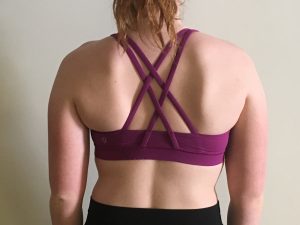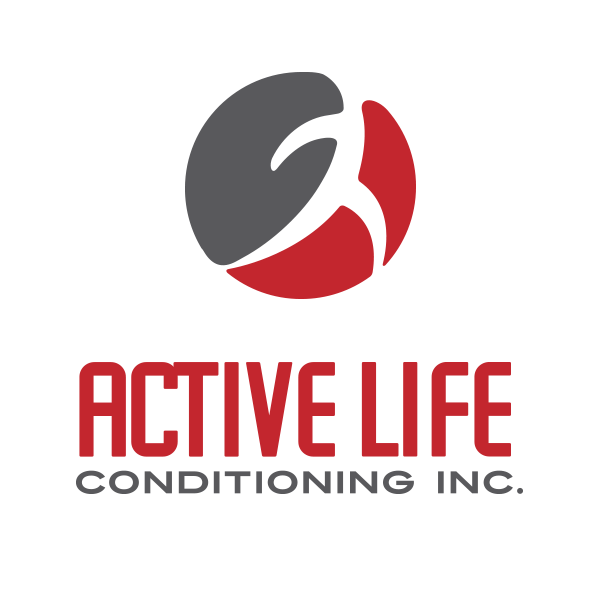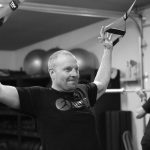Do you swing a racquet/ club or stick? This workshop is for you!
Functional Assymetry Workshop with Lisa Rennie
Thursday May 2nd 7-8:30pm
Do you play golf, tennis, hockey or any other single sided sport? Then chances are you have some asymmetries in your body. These imbalances can affect how we stand, sit and lie down. Navigating the world with an imbalance, or asymmetry, causes the body to work in a less than optimal fashion, eventually resulting in pain and/or injury. Learn how to combat these asymmetries in this 1.5hr clinic with coach Lisa. Cost $40+hst
Want more information? Read on….
Are you crooked? I bet you are
Most of us have one side of our body that moves well – it knows where to find strength or flexibility when called upon – and another side that works less than optimally. This imbalance can be a result of daily patterns like resting on one leg when standing, leaning on the center console in our car, or carrying our purse or laptop bag on the same shoulder all the time. The body deals with this “lean” by compensating somewhere else to “right” the body, whereby creating a functional scoliosis of the spine. Much the same as a structural scoliosis, where the bones of the spine are curved, a functional scoliosis acts much in the same way, in that the muscles pull the bones into poor alignment. One side of our body becomes rigid, and the other flexible. Many of us view the rigid side as being stable, and the more flexible side as being weak and unstable. This is a bit too simplistic a view of how the body performs and moves. Rigidity is often just that, stiff and less movable, which means that part of the body may in fact be weak and unstable. Our bodies only come into symmetry, or alignment, when all of the bones of our body are properly aligned and the muscles are afforded their largest mechanical advantage to create forces on the bones to illicit a called upon movement.

A structural scoliosis refers to any lateral curvature of the spine. Usually a “C” or S” curvature. With a “C” curvature, the body will be shifted so that the shoulder will drop and the ipsilateral hip (same side) will lift up. When you, have an “S” curvature, the shoulder will drop and the contralateral hip will rise, thus creating an “S”. These are the two most common, but there are also many, smaller, compensatory curvatures that happen. The spine is not only curved, but then the vertebrae actually twist. Consequently, what we see is one side of the rib cage protrudes forward and the other side caves. The musculature then draws the bones into a concave and convex curves. All scenarios can, and do, exist in a functional scoliosis, as well. These curvatures often cause a decrease in lung capacity due to the collapsed or concave portion of the body. So, scoliosis, whether structural or functional, is a problem of asymmetry.
In Pilates we want to learn to work the body more symmetrically, drawing closer to the centre, or midline, of the body. We have the opportunity, with Pilates, to really address and focus on the movement from the trunk and the work aims to move the spine functionally and optimally with any of the work we do. Most of us have asymmetries in the spine, and will benefit from Pilates and learning to move the body to and from its center



